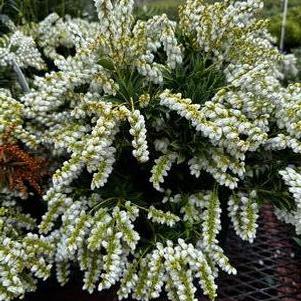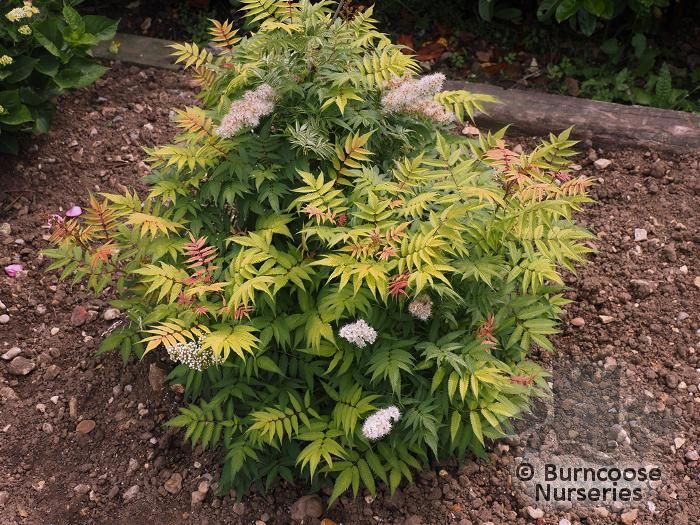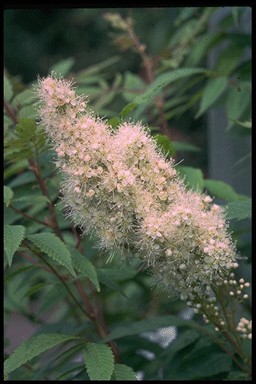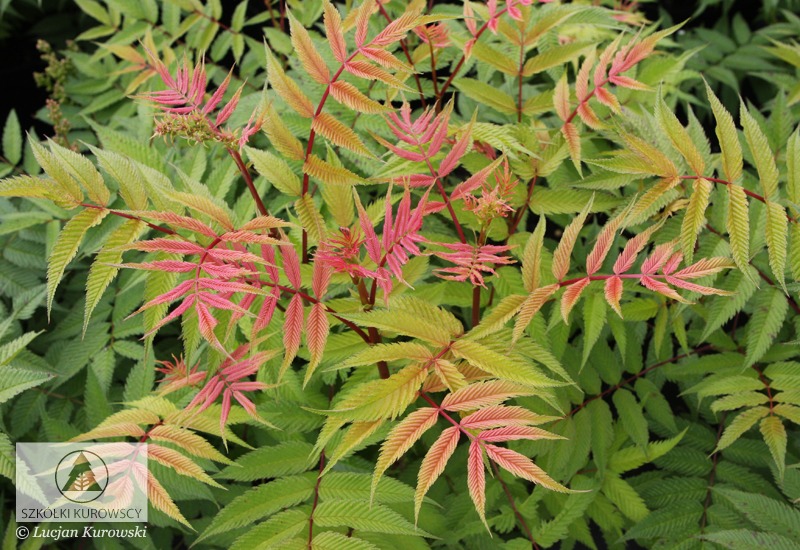Sorbaria: The Showstopping Shrub That's Easy To Grow
Title: Sorbaria: The Show-Stopping Shrub That's Easy to Grow
Introduction:
Sorbaria is a genus of flowering shrubs that are native to Asia and Europe. They are known for their showy, panicle-like flowers that bloom in the summer. Sorbarias are also relatively easy to grow, making them a popular choice for home gardeners.
In this blog post, we will take a closer look at Sorbaria shrubs. We will discuss their different species, their growing requirements, and their care. We will also provide some tips on how to choose the right Sorbaria for your garden.
Main Content:
There are over 20 species of Sorbaria shrubs, but some of the most popular include:
- Sorbaria sorbifolia (Common Sorbaria): This is the most common species of Sorbaria. It is a large shrub that can grow up to 10 feet tall. It has white or pink flowers that bloom in the summer.

- Sorbaria tomentosa (Silky Sorbaria): This shrub is smaller than Common Sorbaria, growing up to 6 feet tall. It has white or pink flowers that bloom in the summer. The leaves of this shrub are covered in a soft, silky fuzz.

- Sorbaria × aitchisonii (Aitchison's Sorbaria): This shrub is a hybrid of Common Sorbaria and Silky Sorbaria. It is a vigorous grower that can reach 12 feet tall. It has white or pink flowers that bloom in the summer.
Sorbaria shrubs are relatively easy to grow. They prefer full sun, but they can tolerate partial shade. They are also tolerant of a wide range of soil conditions, but they prefer moist, well-drained soil.
Sorbaria shrubs are not very fussy about care. They only need to be watered regularly during the summer months. They should also be fertilized in the spring with a balanced fertilizer.
Conclusion:
Sorbaria shrubs are a great choice for home gardeners who are looking for a showy, easy-to-grow shrub. They come in a variety of sizes and colors, so you can find one that is perfect for your garden. Sorbaria shrubs are also relatively pest- and disease-free, so they are low-maintenance.
If you are looking for a new shrub to add to your garden, Sorbaria is a great option. With its showy flowers and easy care, Sorbaria is sure to add a touch of beauty to your landscape.
If you are interested in learning more about sorbaria, I recommend visiting the Home Gardening. This website provides comprehensive information about all of the species in the genus, including their botany, cultivation, and uses.
FAQ of sorbaria
Q: When and how should I prune Sorbaria?
A: Sorbaria can be pruned in late winter to early spring. The best time to prune is just before the new growth starts to emerge. You can prune the plant back to the ground if you want to rejuvenate it, or you can simply remove any dead, diseased, or damaged branches.
Q: How do I care for Sorbaria?
A: Sorbaria is a relatively easy plant to care for. It prefers well-drained soil and full sun or partial shade. It is also drought tolerant, so you don't need to water it very often. You should fertilize Sorbaria once a year in the spring with a balanced fertilizer.
Q: What are some common problems with Sorbaria?
A: The most common problems with Sorbaria are leaf spot, powdery mildew, and root rot. Leaf spot is caused by a fungus and can be treated with a fungicide. Powdery mildew is also caused by a fungus and can be treated with a fungicide or by washing the leaves with a mild soap solution. Root rot is caused by overwatering and can be prevented by planting Sorbaria in well-drained soil.
Q: What are some tips for planting Sorbaria?
A: When planting Sorbaria, choose a location with full sun or partial shade. The soil should be well-drained. Dig a hole that is twice as wide as the root ball of the plant. Add some compost or other organic matter to the soil. Plant the tree so that the top of the root ball is level with the soil surface. Water the tree well after planting.
Q: How can I propagate Sorbaria?
A: Sorbaria can be propagated by seed, division, or cuttings. Seed propagation is the least successful method, but it can be done. Division is the most successful method. To divide Sorbaria, dig up the plant in the spring or fall. Separate the roots into two or three sections, each with at least one healthy shoot. Replant the divisions in a new location. Cuttings can also be taken from Sorbaria in the spring or summer. Take a 6-inch cutting from the new growth. Remove the lower leaves from the cutting and plant it in a pot of well-drained soil. Keep the soil moist and the cutting should root in a few weeks.
Image of sorbaria
Sorbaria rosilba, the pink sorbaria








Post a Comment for "Sorbaria: The Showstopping Shrub That's Easy To Grow"